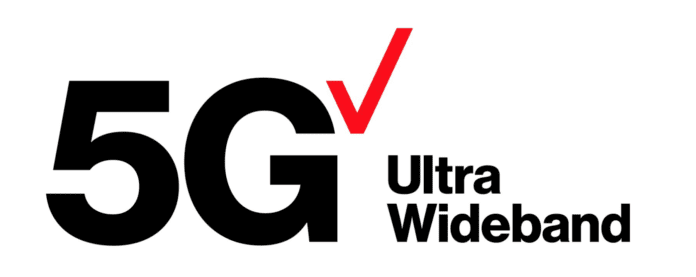The Verizon, AWS 5G MEC platform first launched in Boston and the Bay Area in August
As 2020 wrapped up, Verizon announced the extension of Verizon 5G Edge with AWS Wavelength in Denver and Seattle, bringing the total number of locations that can access the mobile edge computing (MEC) platform to 10.
First launched in Boston and the Bay Area last August, the MEC platform moves AWS compute and storage services to the edge of Verizon’s 5G Ultra Wideband network, allowing innovators to develop applications with ultra-low latencies that will support next generation use cases ranging from self-driving cars to autonomous industrial equipment.
For example, HARMAN is using the platform to support 5G Edge-based Cellular Vehicle-to-Everything (C-V2X) computing capabilities, which allows vehicles to communicate with multiple devices while stationary and in motion. Because C-V2X uses cell phone base station technology to connect vehicles and infrastructure units within the transportation ecosystem, the use of mobile edge computing in this scenario will improve communication by delivering lower latency and higher bandwidth.
“The combination of 5G and C-V2X edge computing not only can offer increased vehicular safety by informing drivers of road work restrictions, speed limit warnings and forward collision warnings, but also gives consumers unprecedented access to their favorite content faster than ever before,” says Ram Iyer, senior director of Telematics Engineering at HARMAN.
Another critical use case for MEC is extended reality (EX) applications, some of which are already being explored by Inception XR, which is using Verizon 5G Edge with AWS Wavelength to improve the “richness and resolutions” of its mobile and immersive XR experiences.
“By delivering content that is rendered on a GPU a hundred times more powerful than the mobile device GPU, we can achieve an experience with millions of polygons streamed seamlessly with low latency giving the end user a truly unique experience,” explained Benny Arbel CEO of Inception XR.
At Ericsson’s 5G Things virtual event in October, Verizon Business CEO Tami Erwin also expressed confidence that the combination of high-band 5G and mobile edge computing infrastructure will accelerate digital transformation for businesses.
“We begin to see things like factory solutions and smart cities and remote diagnostics and transformational change in remote education,” she said.
In the recent announcement, Erwin indicated that 2021 will be a big year for 5G MEC: “Together with AWS, we made 5G mobile edge compute real in 2020 and next year will bring even more MEC locations and increasing capabilities and toolsets for developers to grow the 5G MEC ecosystem.”

